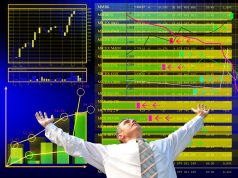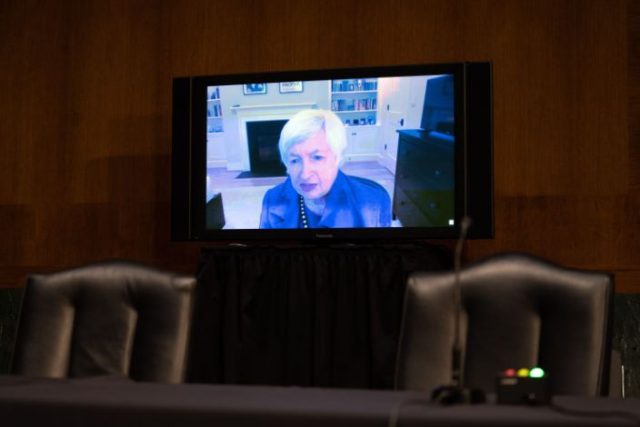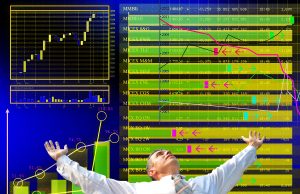U.S.-China Rivalry in the Epoch of Artificial Intelligence
As we stand on the precipice of a new era, the world watches the titans of global power, the United States and China, in a relentless tussle for supremacy in artificial intelligence (AI). But beneath this surface of geopolitical rivalry lies a terrain far more complex and transformative. We are witnesses not just to a race between nations, but to a seismic shift in the very fabric of our society, driven by the untamable force that is AI.
The American Conundrum: Balancing Ethics and Progress
In the land of the free, the pursuit of AI is a chess game of moral quandaries. The U.S., in its hallmark style, weighs the scales of innovation against those of ethical implications. The nation’s democratic ideals extend into its technological endeavors, embedding concerns for privacy, fairness, and autonomy in the heart of policy-making.
This ethical compass, however, comes at a cost. Each regulatory measure, each call for accountability, potentially reins in the galloping horses of innovation. While Silicon Valley bustles with ideas, the hand of caution threatens to dim its creative spark. The question then arises: In a race against a powerhouse like China, can the U.S. afford its moral reservations?
The Chinese Ambition: A Leap Towards AI Dominance
Turning our gaze eastward, China’s approach to AI is nothing short of a moonshot. It’s a blitz of state-sponsored initiatives, relentless capital infusion, and an integration of AI into the societal framework that borders on the Orwellian. For China, AI is not just a sector of the economy; it’s the linchpin of a national renaissance.
But the path China treads is fraught with its own perils. The very aggressiveness of its AI pursuit raises global eyebrows, inviting international resistance. More so, the internal compromise of quality for speed and quantity, a remnant of its industrial past, looms over its technological future.
AI: The Unbridled Stallion
Yet, as we dissect the strategies of these global behemoths, we come to a startling realization: AI refuses to be a pawn in a traditional power game. Its realm spills over political borders, drawing from a global well of knowledge and innovation. From the tech hubs of Bangalore and Tel Aviv to the universities of London and Toronto, the AI revolution is a mosaic of global contributions.
In this landscape, the idea of containing China’s AI advancement is a mirage. The technology, with its roots now deeply intertwined around the world, is a genie that won’t go back into the lamp. The discourse must shift from competition to cooperation, from hoarding knowledge to exchanging it.
Navigating the Ripple Effect
The stakes are monumental. AI’s tendrils extend into the economy, labor market, military, and even the sanctums of our personal lives. It’s a catalyst for both harmony and disruption. The automation of jobs, the digitalization of warfare, the customization of healthcare, and the potential for mass surveillance – these are not chapters of a science fiction novel but pages of our immediate future.
Strategizing for a Future Co-Written by AI
As we ponder on this, let’s turn our attention to the investment frontier. How do we, the stewards of our financial futures, navigate this uncharted territory? Here are three stocks that are strategically positioned in this new world order:
- NVIDIA Corporation (NVDA): This tech titan is at the forefront of AI computing. Its graphics processing units (GPUs) are the engines powering AI research and development globally, making it a critical player in the AI ecosystem.
- Alphabet Inc. (GOOGL): Beyond its search engine empire, Alphabet is a pioneer in AI, with ventures in autonomous vehicles, healthcare, and more. Its deep involvement in AI research and ethical debate places it at the heart of this technological evolution.
- Baidu, Inc. (BIDU): Often dubbed the “Google of China,” Baidu stands as a testament to China’s AI ambition. With significant investment in AI, including autonomous driving and language processing, Baidu is a key player in the global AI arena.
In the Theatre of Global Power: A Paradigm Shift
Dear reader, as the drama of power unfolds, we find ourselves at a crossroads. The U.S.-China rivalry in AI is not the centerpiece of this narrative, but merely a subplot. The protagonist is AI itself, charting a course of its own, beckoning us to rise above nationalistic competition and embrace a new paradigm of global collaboration and responsible stewardship.
As we venture into this brave new world, our strategies must evolve. Our investments must reflect not just economic foresight but also social responsibility and a deep understanding of the transformative power of technology.
In this era of intelligent machines, may we remain the wise ones, steering our society towards prosperity, peace, and innovation in the spirit of humanistic values.
Until next time, may your investments be bold and your judgment sound.
Tom Anderson, Wall Street Letters
Where to invest $500 Right Now?
Before you consider buying any of the stocks in our reports, you’ll want to see this.
Investing legend, Marc Chaikin just revealed his #1 stock for 2024…
And it’s not in any of our reports.
During his career of nearly 50 years, Marc Chaikin was one of the quantitative minds behind some of the most famous investors in history: Paul Tudor Jones, George Soros, Steve Cohen, and Michael Steinhardt.
Even the Nasdaq hired him to create three new indices.
And now he’s going live with his #1 pick for 2024.
You can learn all about it on Mr. Chaikin’s Website, here.
Wondering what stock he’s investing in?
Click here to watch his presentation, and learn for yourself…
But you have to act now, because a catalyst coming in a few weeks is set to take this company mainstream… And by then, it could be too late.
Click here to reveal the name and ticker of Marc Chaikin’s no. 1 pick for 2024…
















